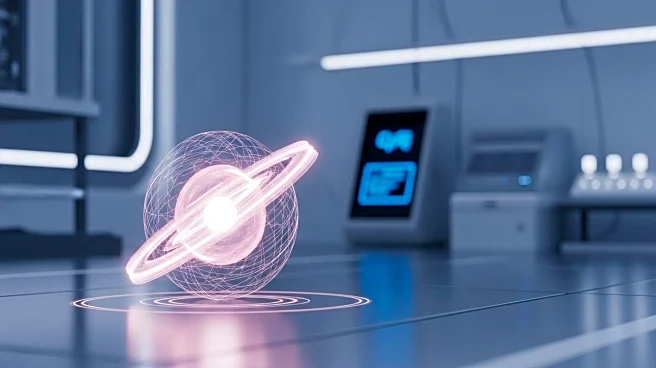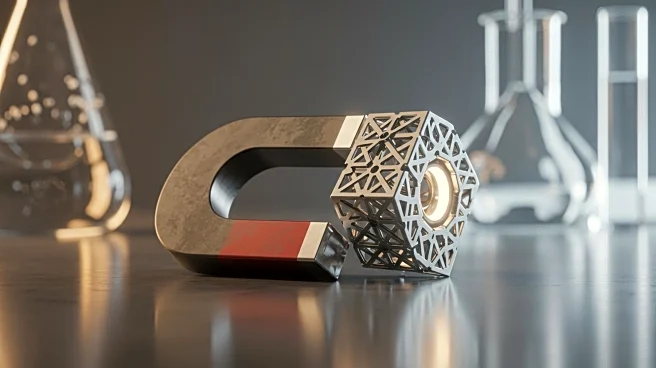Rapid Read • 7 min read
Researchers from the Ningbo Institute of Materials Technology and Engineering have discovered that material defects can enhance the efficiency of spintronic devices. Spintronics, which utilizes the spin and orbital angular momentum of electrons, offers advantages over conventional electronics, such as faster operation and lower energy consumption. Traditionally, defects in materials have been seen as detrimental, increasing electrical resistance and power consumption. However, the study published in Nature Materials reveals that defect engineering in strontium ruthenate (SrRuO3) can boost both orbital Hall conductivity and orbital Hall angle, improving device performance. This finding challenges conventional approaches and suggests that imperfections can be exploited to enhance spintronic technology.
AD
The discovery has significant implications for the development of ultra-low-power spintronic devices, which could revolutionize electronics by offering faster, more efficient, and compact solutions. By leveraging material defects, researchers can design devices that consume less energy and retain information without power, potentially transforming industries such as computing, telecommunications, and consumer electronics. This approach could lead to more sustainable technology, reducing the environmental impact of electronic devices. The study also provides new insights into orbital transport physics, paving the way for innovative design strategies in spintronics.
The research team plans to further explore the potential of defect engineering in spintronic devices, aiming to refine the technology and improve its efficiency. Future studies may focus on optimizing the orbital Hall effect and its applications in various electronic components. As the technology advances, it could attract interest from companies seeking to develop next-generation electronics, potentially leading to collaborations and investments in spintronics research. The findings may also inspire other researchers to investigate similar phenomena in different materials, broadening the scope of spintronic applications.
AD
More Stories You Might Enjoy










